
Introduction
Welcome to the era of decentralized philanthropy! In the realm of distributed ledger technology (DLT), there is no shortage of innovation. One of the most exciting areas where blockchain is making a significant impact is in revolutionizing charity platforms. This transformative technology has the power to reshape the way we approach philanthropy, fund distribution, and social impact initiatives. Whether you’re a tech enthusiast or simply someone interested in making a positive difference in the world, understanding how blockchain is transforming charity platforms is crucial for personal and professional growth.
A Historical Journey
To fully grasp the significance of blockchain-based charity platforms, we need to travel back to the late 2000s when the world was introduced to a groundbreaking innovation known as Bitcoin. Satoshi Nakamoto’s pioneering work laid the foundation for distributed ledger technology, which soon went beyond digital currencies. The potential impact of blockchain in various sectors, including philanthropy, started gaining traction.
As blockchain technology evolved, so did the concept of decentralized charitable platforms. In 2012, BitGive Foundation became the first registered 501(c)(3) Bitcoin nonprofit, focusing on leveraging Bitcoin and blockchain technology for charitable purposes. This landmark moment laid the groundwork for numerous other blockchain-based charity platforms that followed suit.
Advantages and Disadvantages of Blockchain-Based Charity Platforms
Blockchain technology brings several advantages to charitable platforms. Firstly, the immutable nature of distributed ledger technology ensures transparency and trust. Donors can track their contributions from initiation to impact, making the process more accountable. Secondly, blockchain eliminates intermediaries, enabling direct peer-to-peer transactions, resulting in reduced costs and faster fund disbursements. Thirdly, smart contracts embedded within blockchain platforms automate processes, reducing administrative burdens and increasing efficiency.
However, blockchain-based charity platforms also face challenges. The primary concern is scalability. As the number of transactions grows, so does the strain on the network. Additionally, the issue of regulatory compliance still needs to be fully addressed. Despite these challenges, the potential of blockchain to disrupt the philanthropic landscape is undeniable.
Practical Applications and Real-World Examples
Blockchain-based charity platforms have already begun making a tangible impact in various sectors. Let’s explore some practical applications:
- Aid Distribution: Blockchain technology facilitates transparent and efficient aid distribution. The World Food Programme (WFP) has successfully implemented a blockchain-based platform to distribute cash transfers to Syrian refugees in Jordan, reducing costs and ensuring efficient fund delivery.
- Donation Tracking: Blockchain enables donors to track their contributions and monitor the impact of their donations in real-time. Binance Charity Foundation, for instance, utilizes blockchain technology to provide complete transparency for donors, ensuring funds reach intended beneficiaries.
- Supply Chain Management: By using blockchain, charities can ensure the transparency and integrity of supply chains. This technology has the potential to prevent corruption and ensure that resources reach the intended recipients, especially in disaster-stricken areas.
The Future of Blockchain-Based Charity Platforms
As blockchain technology continues to evolve, there are limitless possibilities for its application in the philanthropic sphere. Predictions for the future of blockchain-based charity platforms include:
- Increased adoption of blockchain for mainstream charitable initiatives.
- Integration of artificial intelligence and machine learning to facilitate accurate impact assessment.
- Expansion of decentralized autonomous organizations (DAOs) in the charity sector to empower community-driven decision-making.
- Tokenization of charitable assets to increase liquidity and enable fractional ownership.
Frequently Asked Questions
Q: How does blockchain ensure transparency in charity platforms?
Blockchain ensures transparency by providing an immutable and publicly accessible ledger of transactions. Donors can track their contributions, and beneficiaries can verify the utilization of funds, resulting in increased accountability.
Q: What are the potential drawbacks of blockchain-based charity platforms?
Scalability and regulatory compliance are the primary challenges for blockchain-based charity platforms. As the number of transactions increases, the network can become strained. Additionally, navigating regulatory frameworks surrounding digital currencies and distributed ledger technology can be complex.
Q: How can individuals contribute to blockchain-based charity platforms?
Individuals can contribute to blockchain-based charity platforms by donating cryptocurrencies or participating in fundraising campaigns conducted on blockchain platforms. Additionally, spreading awareness about the potential of blockchain in philanthropy can encourage adoption and growth in this sector.
Q: Are blockchain-based charity platforms secure?
Blockchain-based charity platforms leverage cryptographic protocols to ensure the security of transactions. While no system is entirely infallible, blockchain technology provides robust security compared to traditional centralized systems.
Q: Can blockchain-based charity platforms handle micro-donations?
Absolutely! Blockchain technology enables micro-donations by eliminating high transaction fees associated with traditional payment systems. This opens doors for individuals with limited means to contribute and participate in philanthropic endeavors.
Conclusion
The decentralized nature of blockchain technology offers immense potential for transforming charity platforms. With increased transparency, efficiency, and accountability, distributed ledger technology can revolutionize philanthropic initiatives across sectors. As blockchain continues to evolve, it has the power to bring about positive change on a global scale. Embracing this transformative technology is essential for a future where philanthropy transcends its limits, empowering individuals and communities alike.
Are you ready to be part of the decentralized philanthropy revolution facilitated by blockchain technology?
Share your thoughts and experiences in the comments below!
More in this category ...
Ripple companions with SBI Group and HashKey DX for XRPL answers in Japan

April sees $25M in exploits and scams, marking historic low ― Certik

MSTR, COIN, RIOT and different crypto shares down as Bitcoin dips

EigenLayer publicizes token release and airdrop for the group
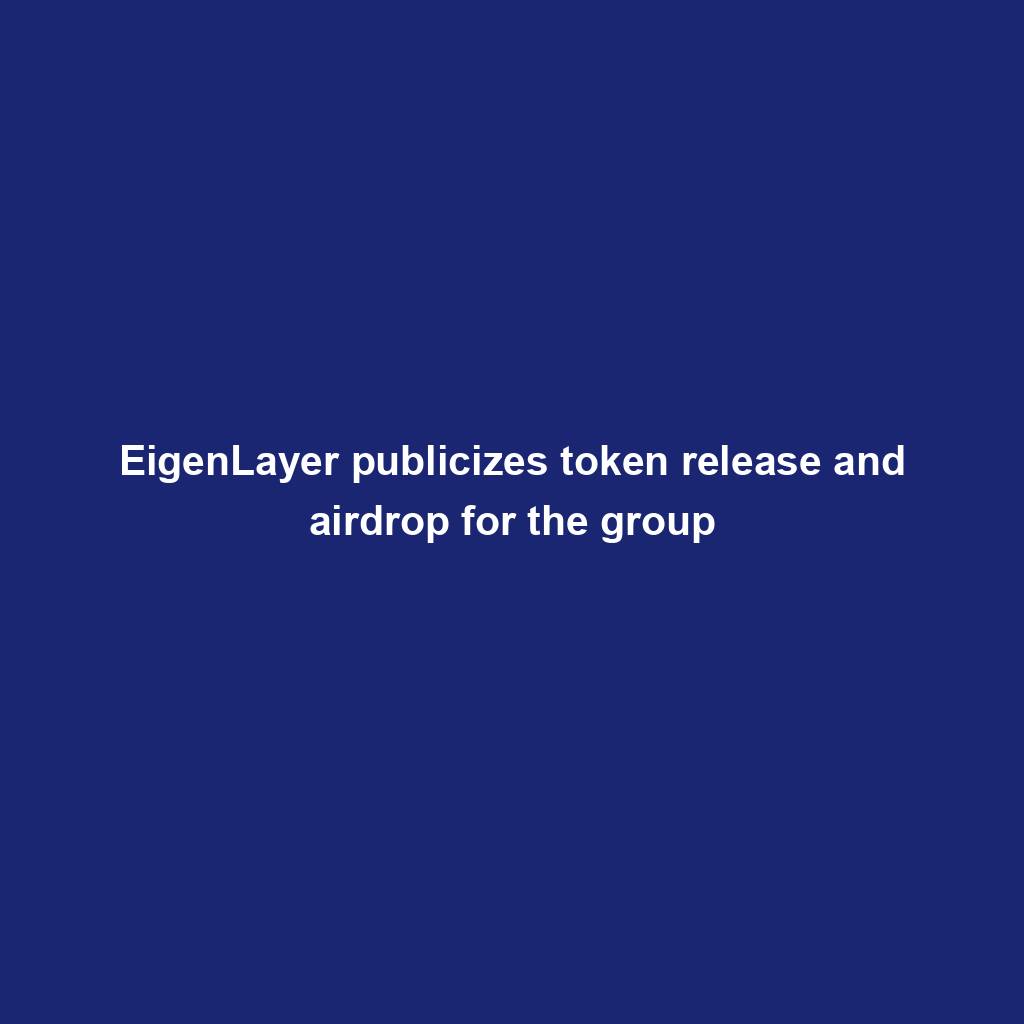
VeloxCon 2024: Innovation in knowledge control

Successful Beta Service release of SOMESING, ‘My Hand-Carry Studio Karaoke App’

Dogwifhat (WIF) large pump on Bybit after record reasons marketplace frenzy
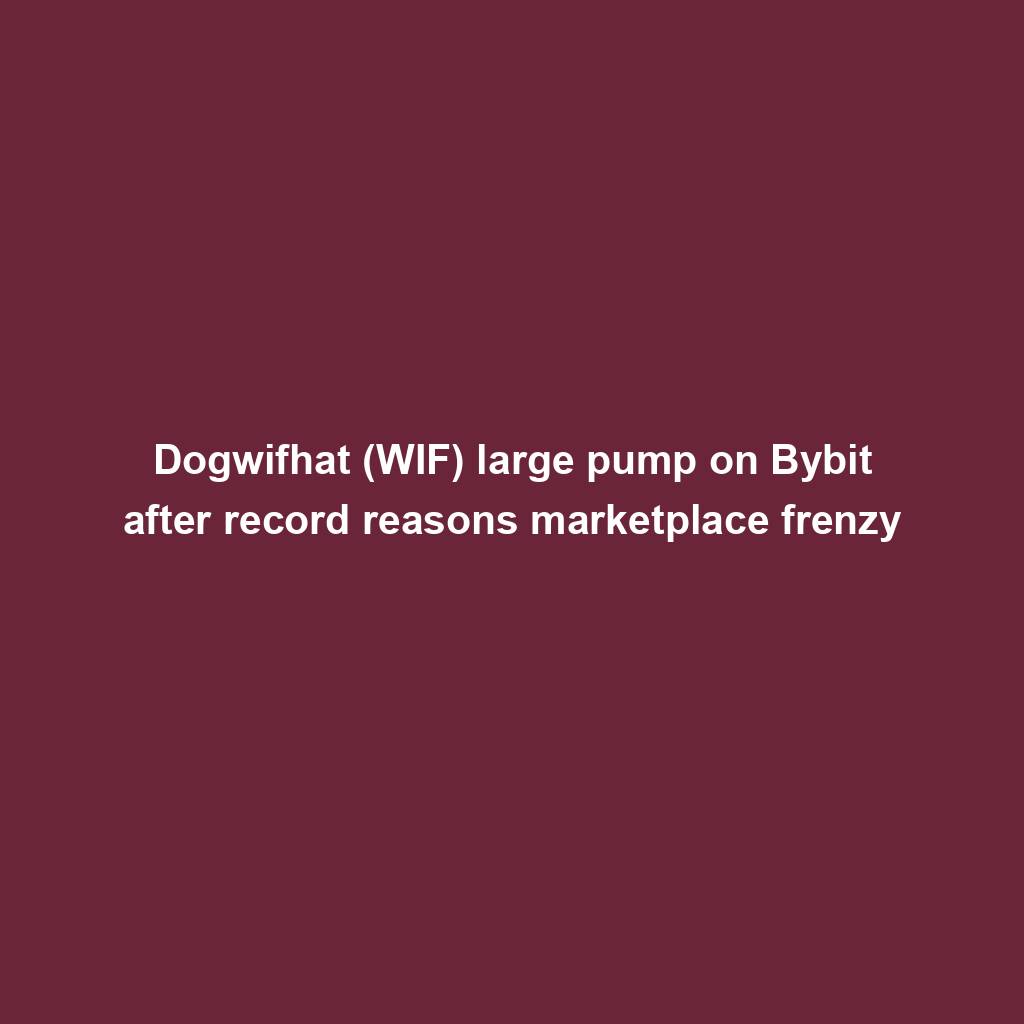
How fintech innovation is riding virtual transformation for communities around the globe
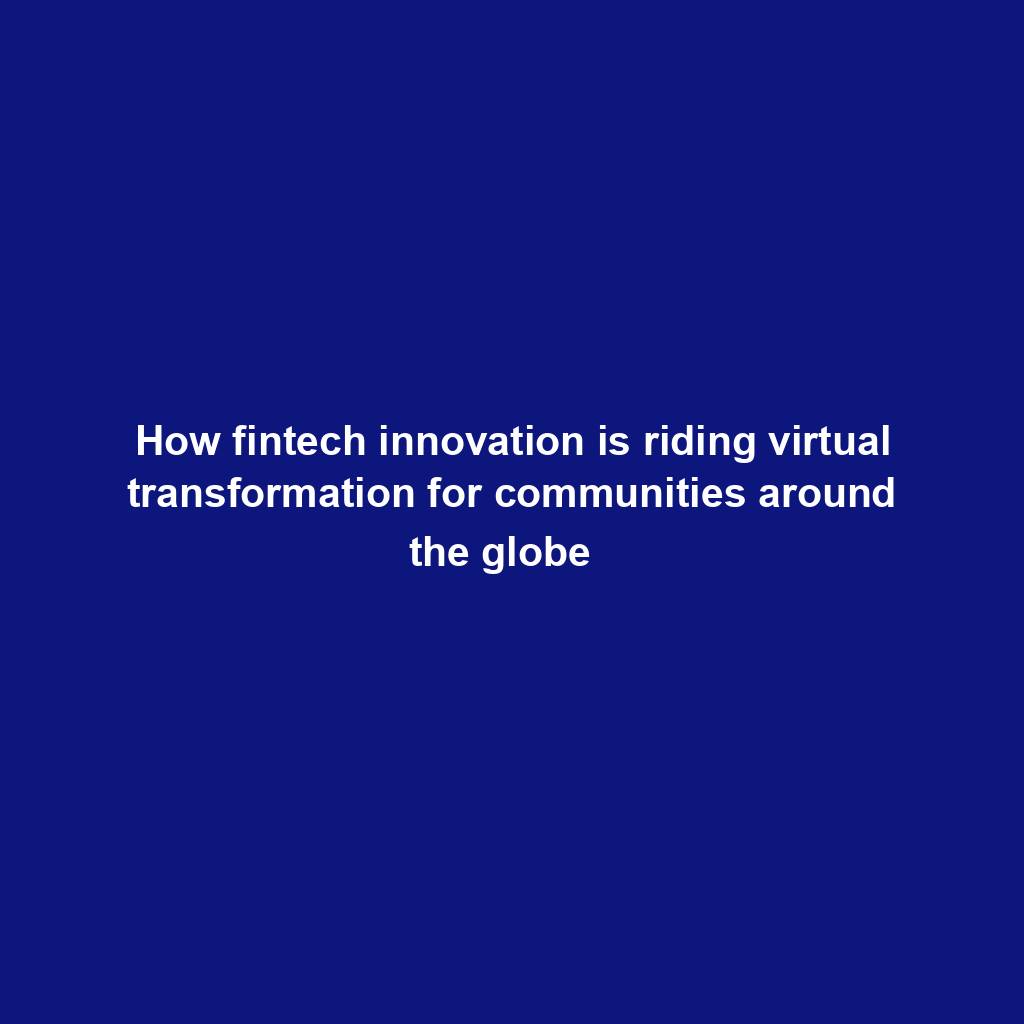
Wasabi Wallet developer bars U.S. customers amidst regulatory considerations

Analyst Foresees Peak In Late 2025

Solo Bitcoin miner wins the three.125 BTC lottery, fixing legitimate block

Ace Exchange Suspects Should Get 20-Year Prison Sentences: Prosecutors

Google Cloud's Web3 portal release sparks debate in crypto trade
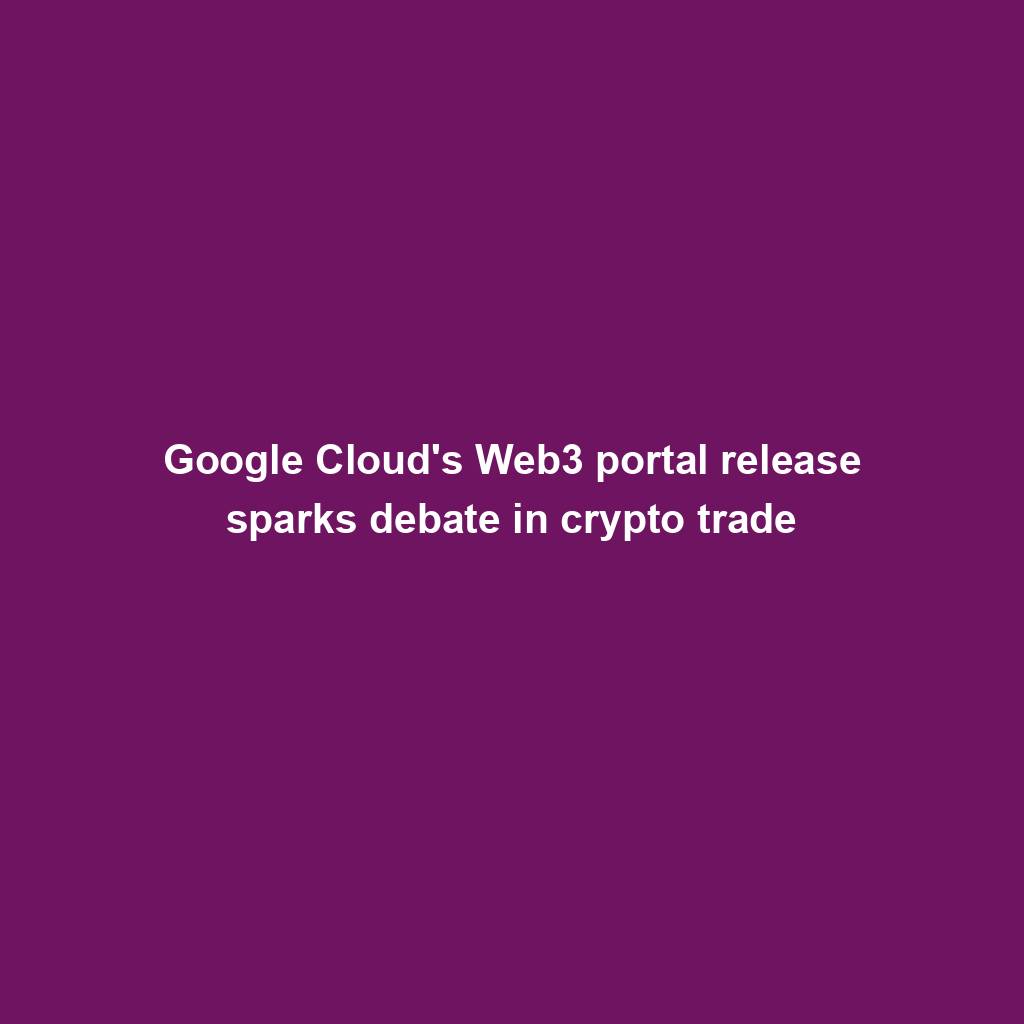
Bitcoin Primed For $77,000 Surge

Bitbot’s twelfth presale level nears its finish after elevating $2.87 million
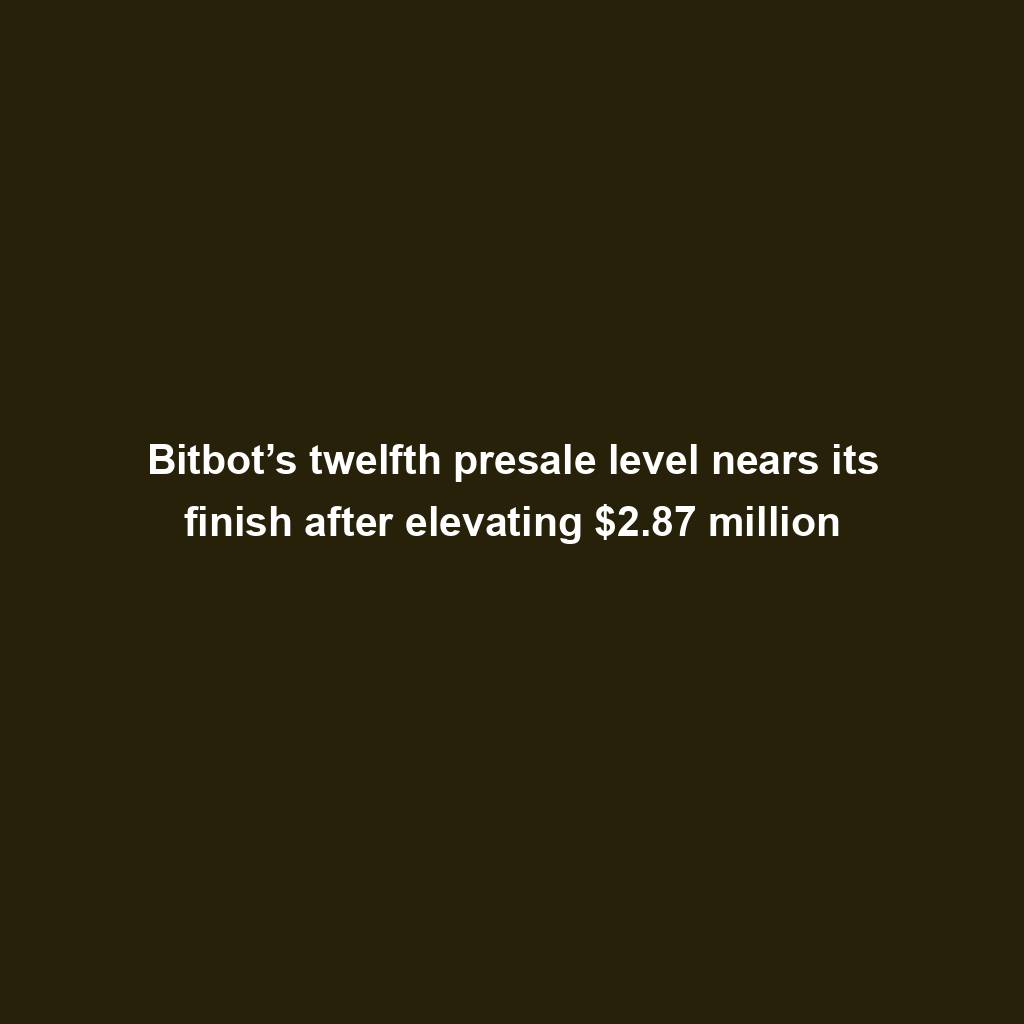
PANDA and MEW bullish momentum cool off: traders shift to new altcoin

Commerce technique: Ecommerce is useless, lengthy are living ecommerce

Republic First Bank closed by way of US regulators — crypto neighborhood reacts
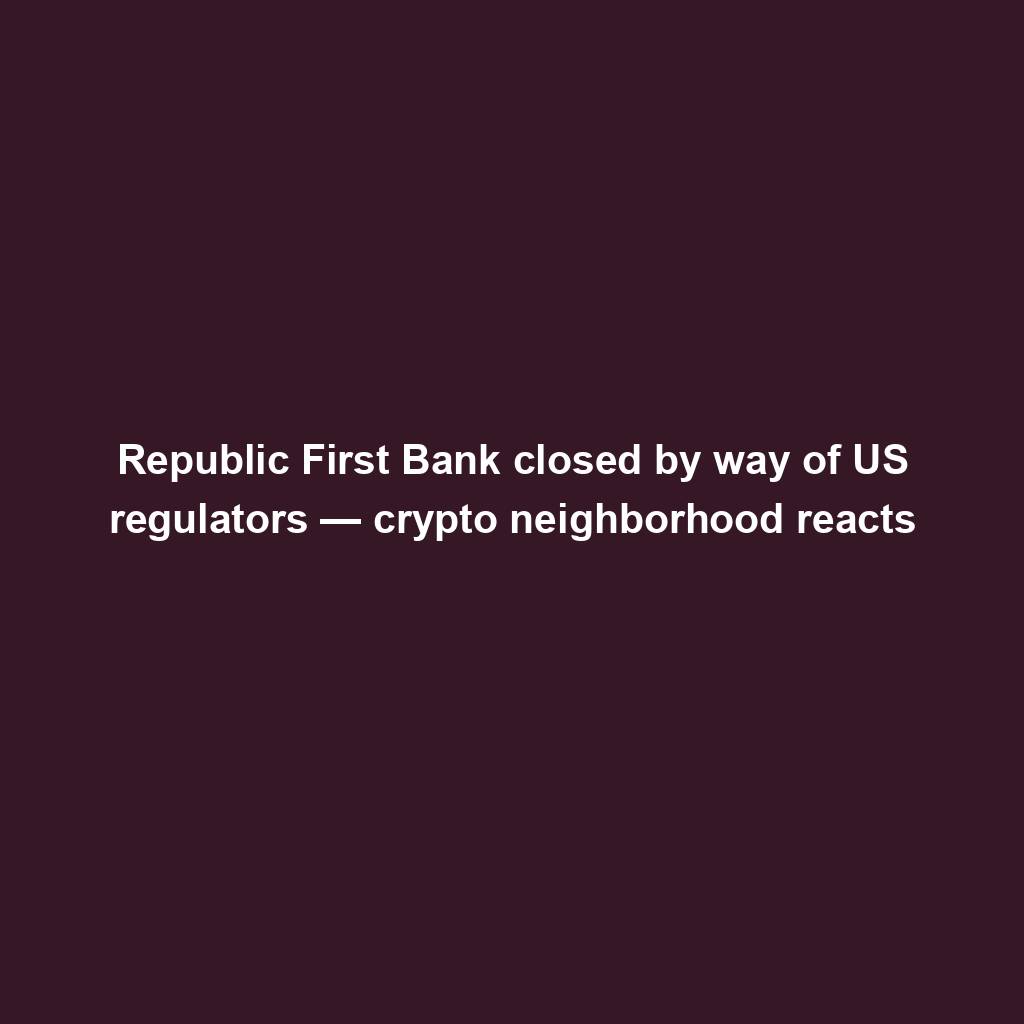
China’s former CBDC leader is beneath executive investigation

Bigger isn’t all the time higher: How hybrid Computational Intelligence development permits smaller language fashions
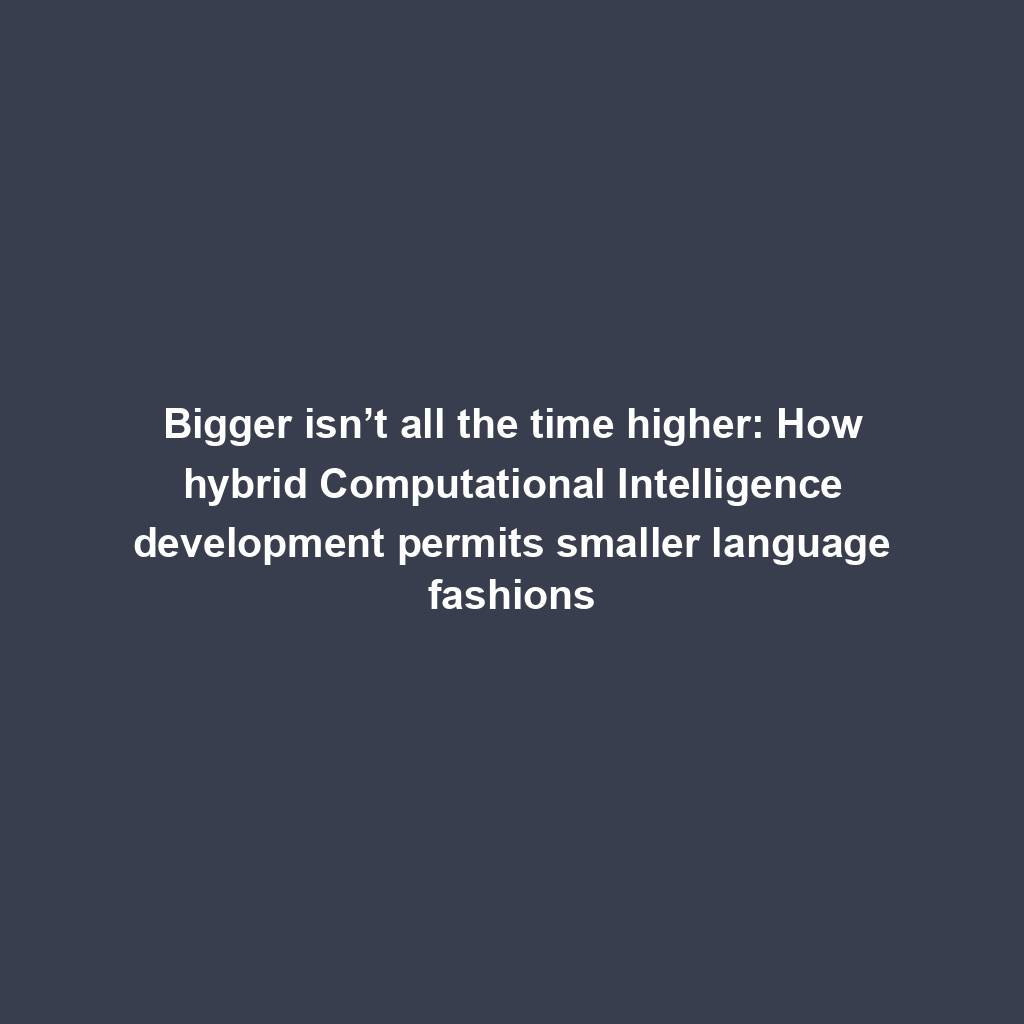
Pantera Capital buys extra Solana (SOL) from FTX

Successful Beta Service release of SOMESING, ‘My Hand-Carry Studio Karaoke App’

SEC sues Bitcoin miner Geosyn Mining for fraud; Bitbot presale nears $3M

Business procedure reengineering (BPR) examples

85% Of Altcoins In “Opportunity Zone,” Santiment Reveals
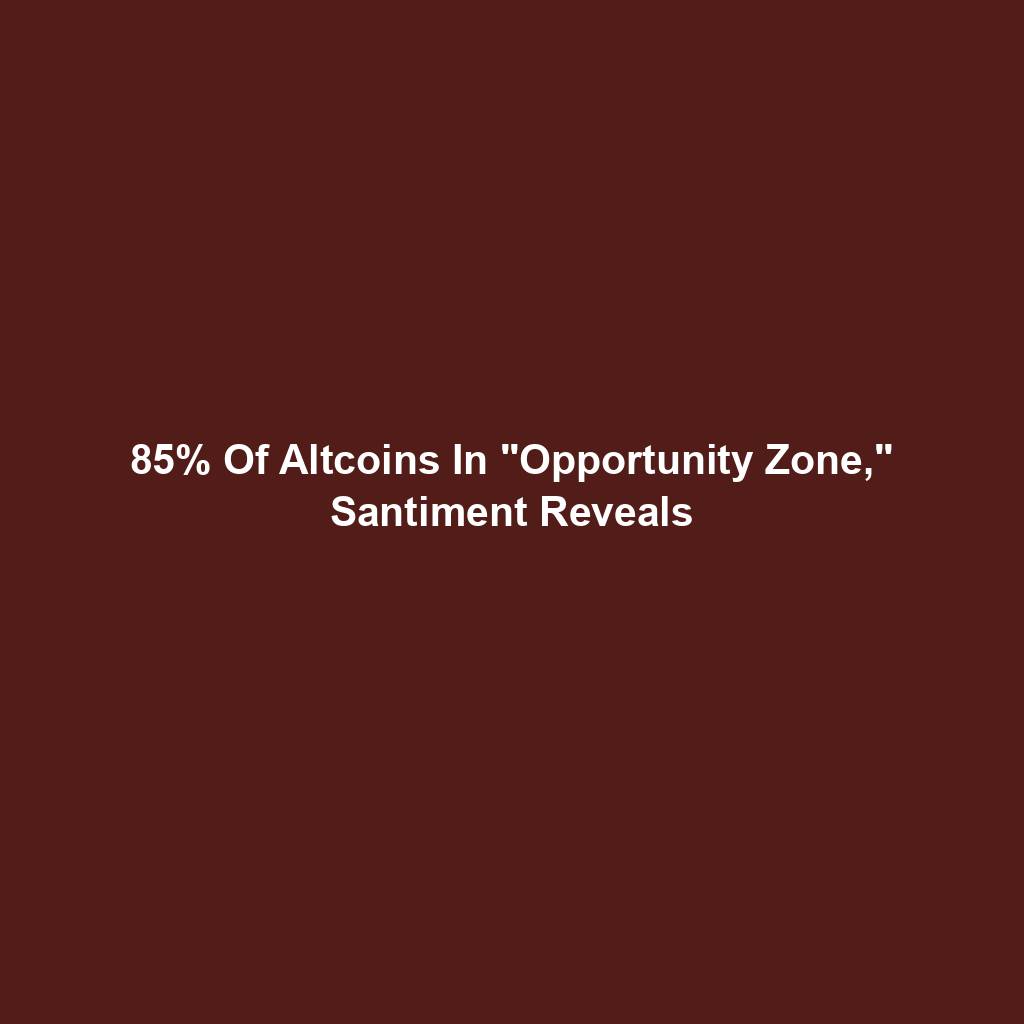
Sam Altman’s Worldcoin eyeing PayPal and OpenAI partnerships
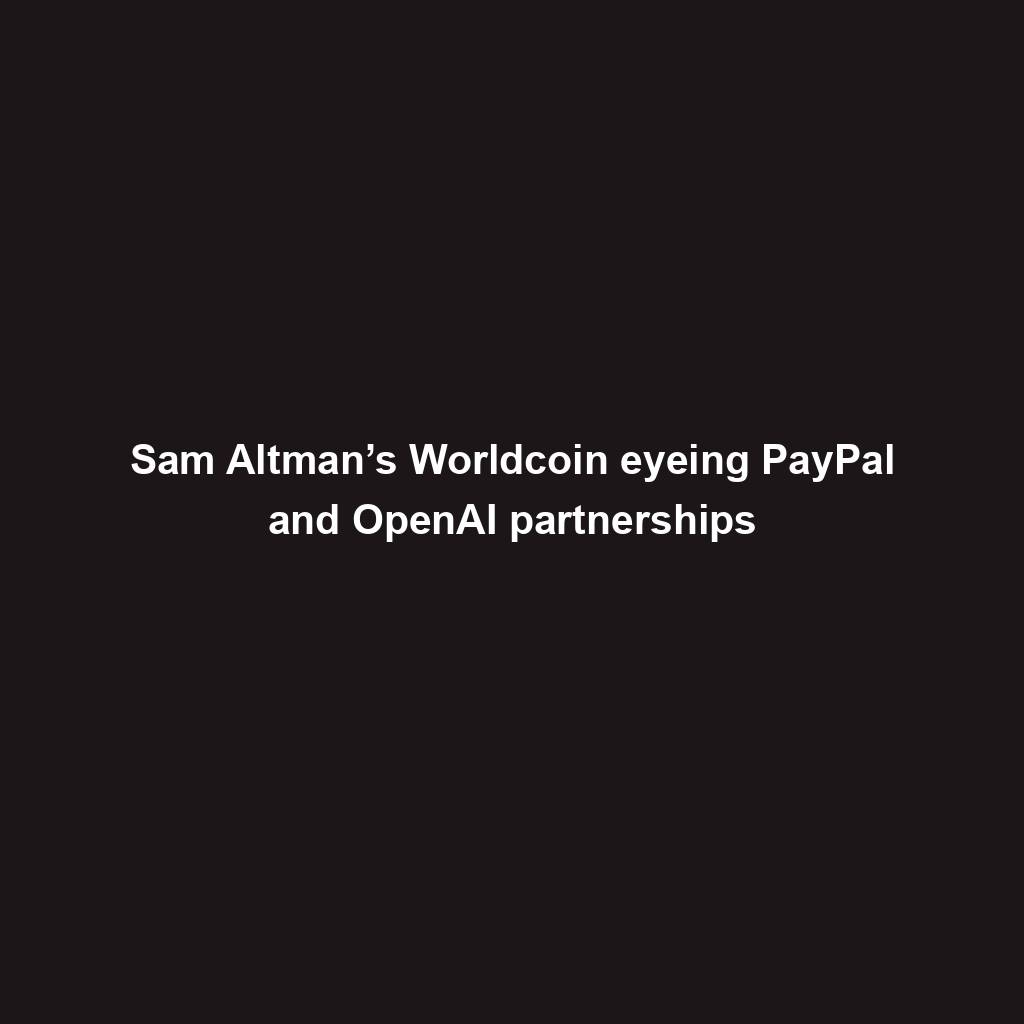
Artificial Intelligence transforms the IT strengthen enjoy
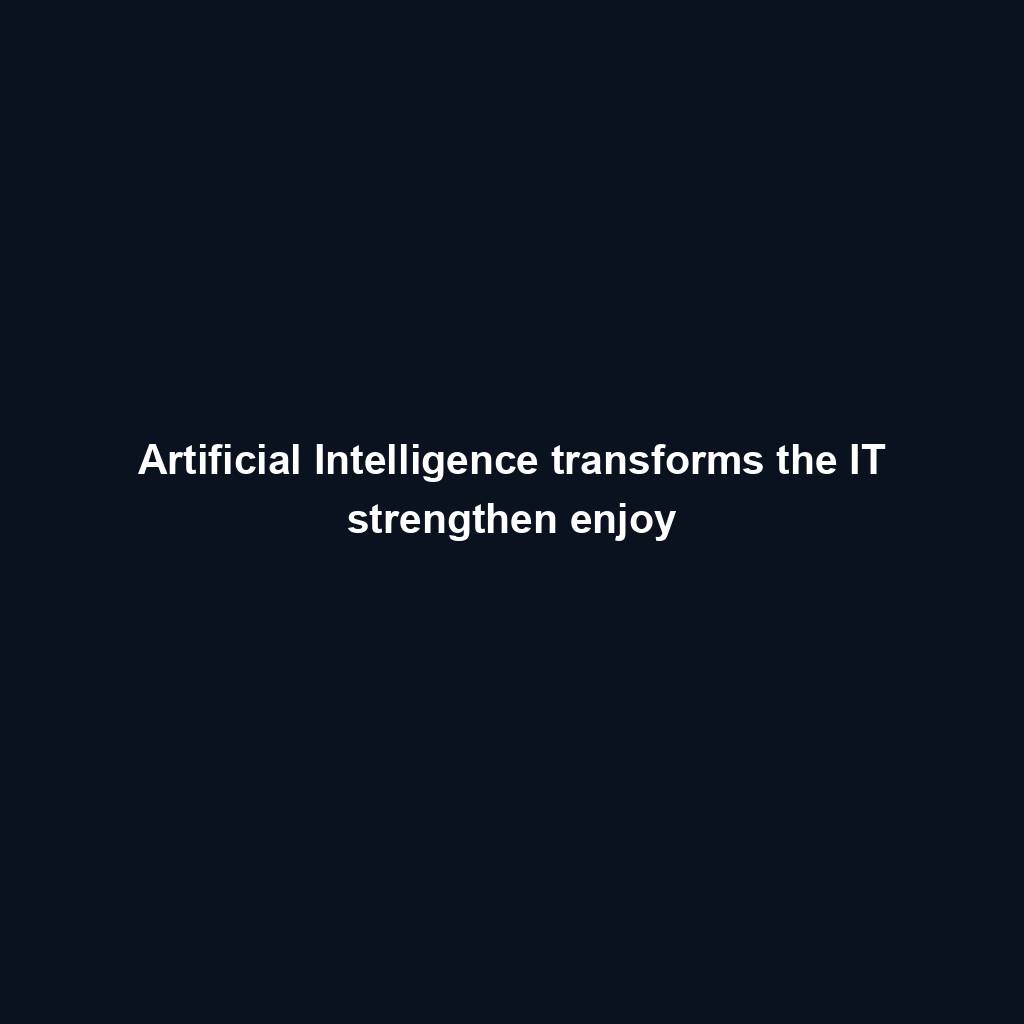
Franklin Templeton tokenizes $380M fund on Polygon and Stellar for P2P transfers

Meta’s letting Xbox, Lenovo, and Asus construct new Quest metaverse {hardware}

Shiba Inu (SHIB) unveils bold Shibarium plans as Kangamoon steals the display
